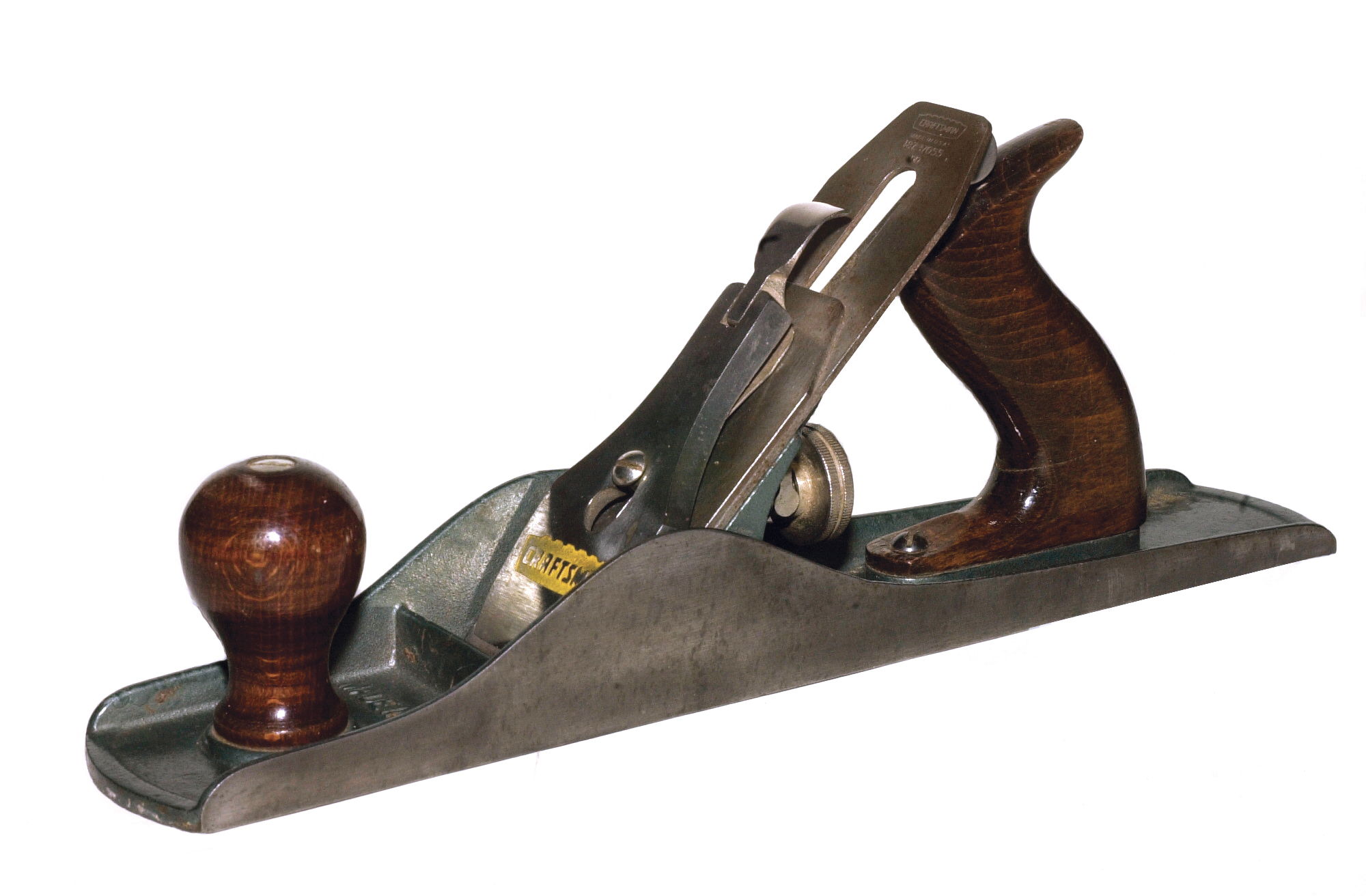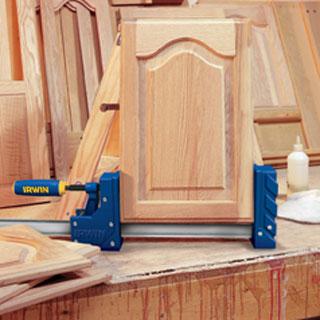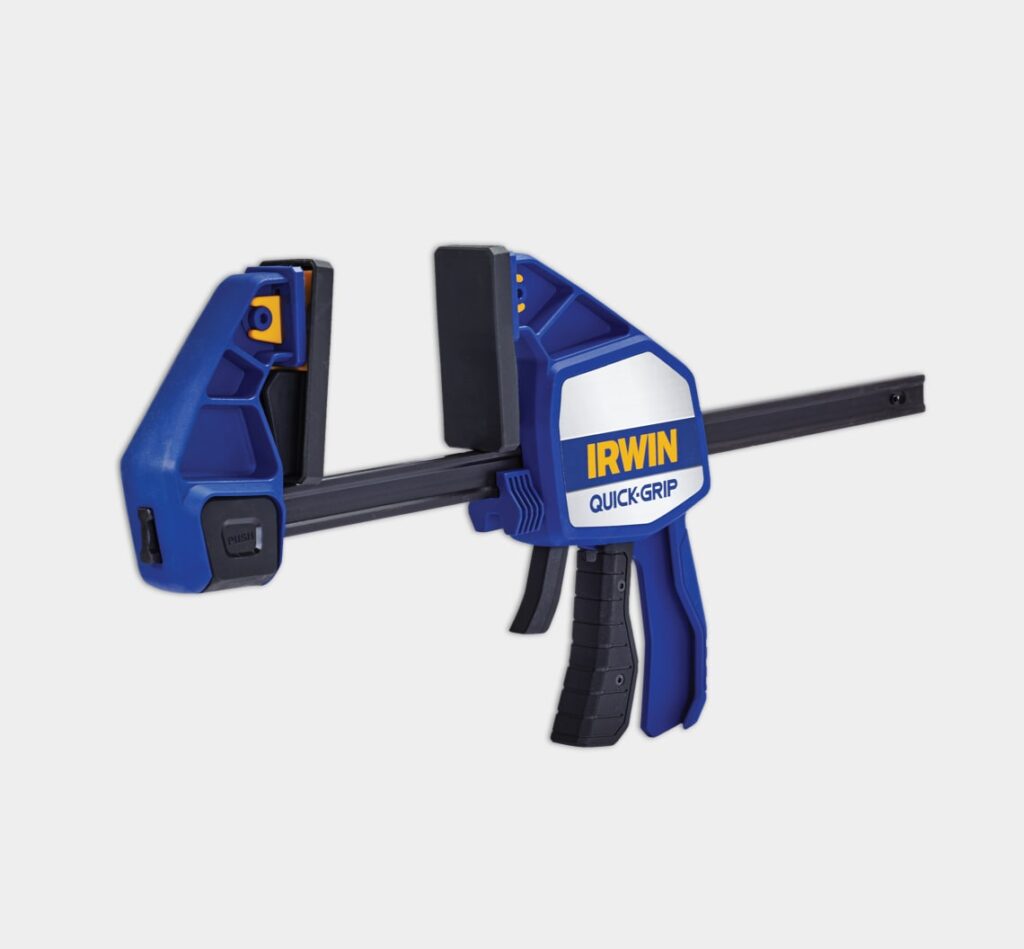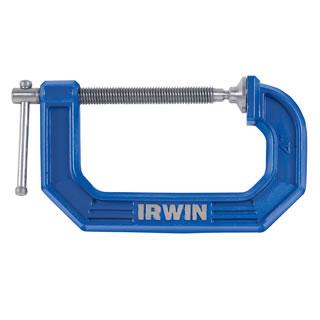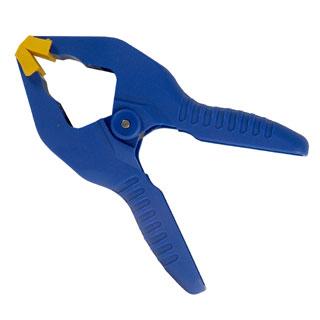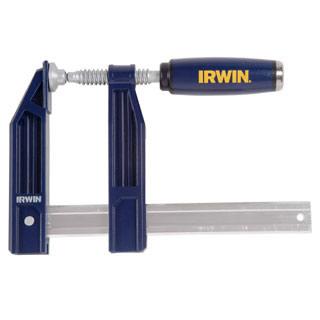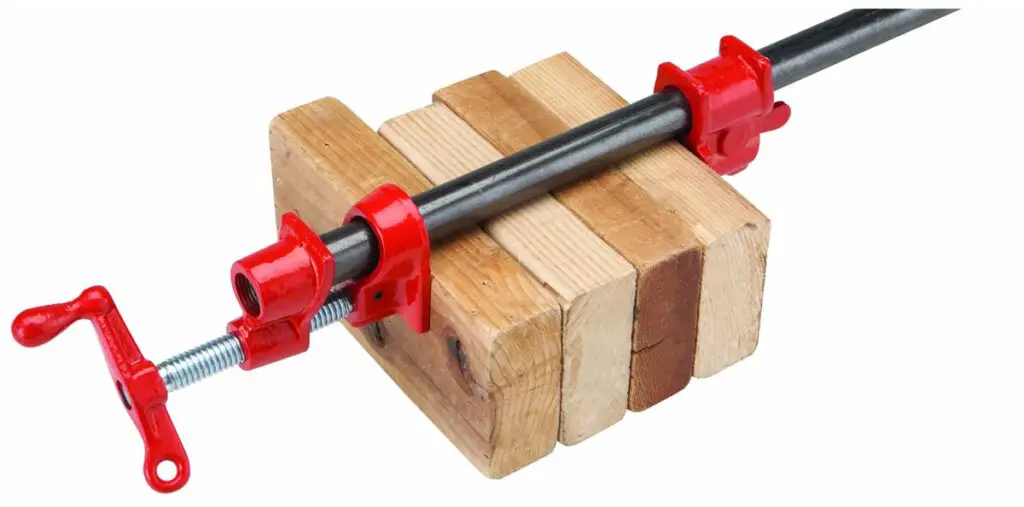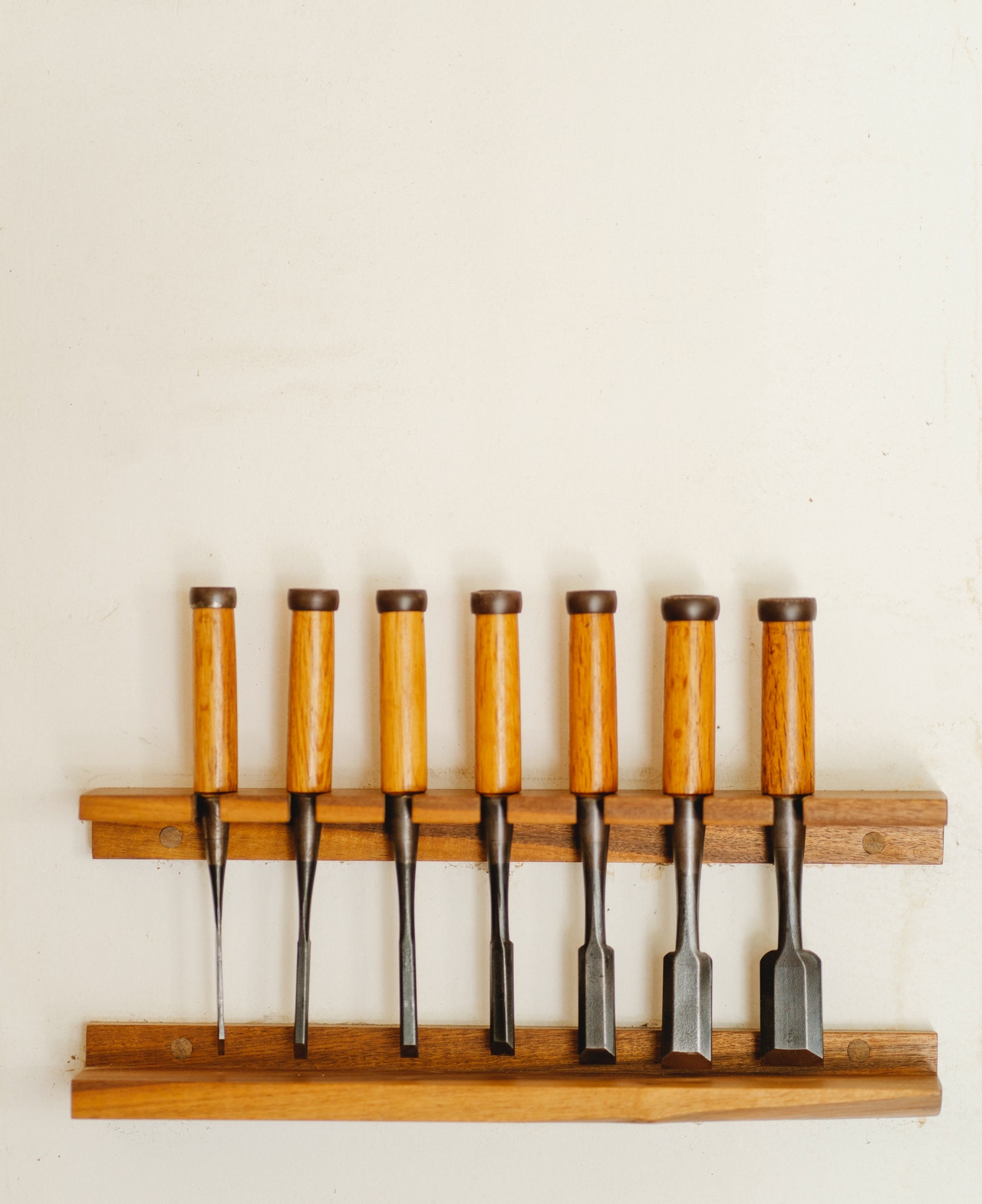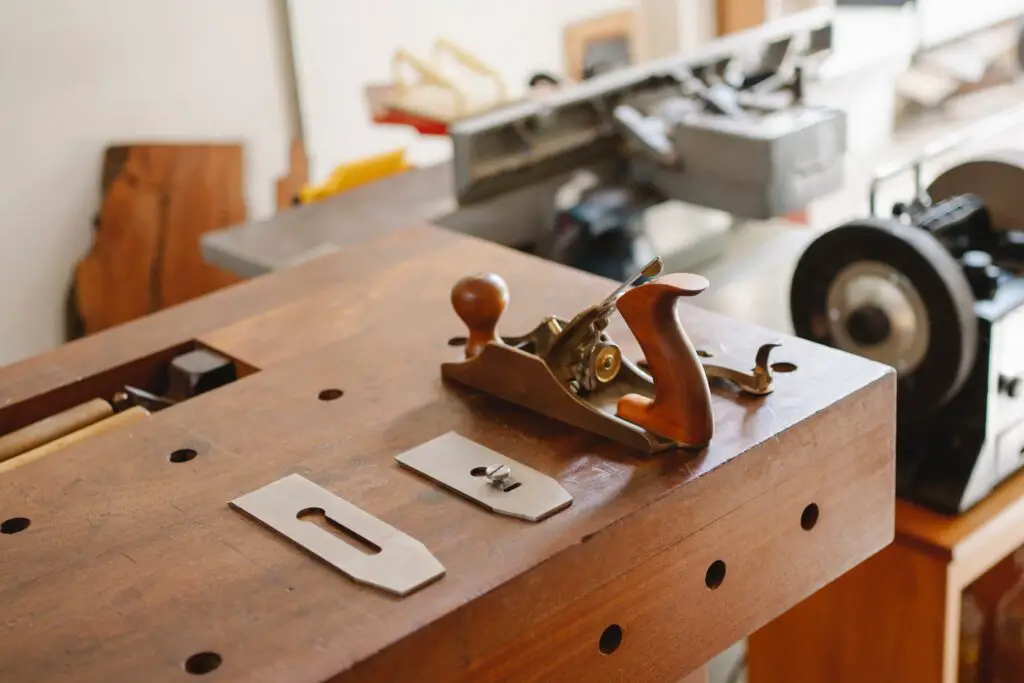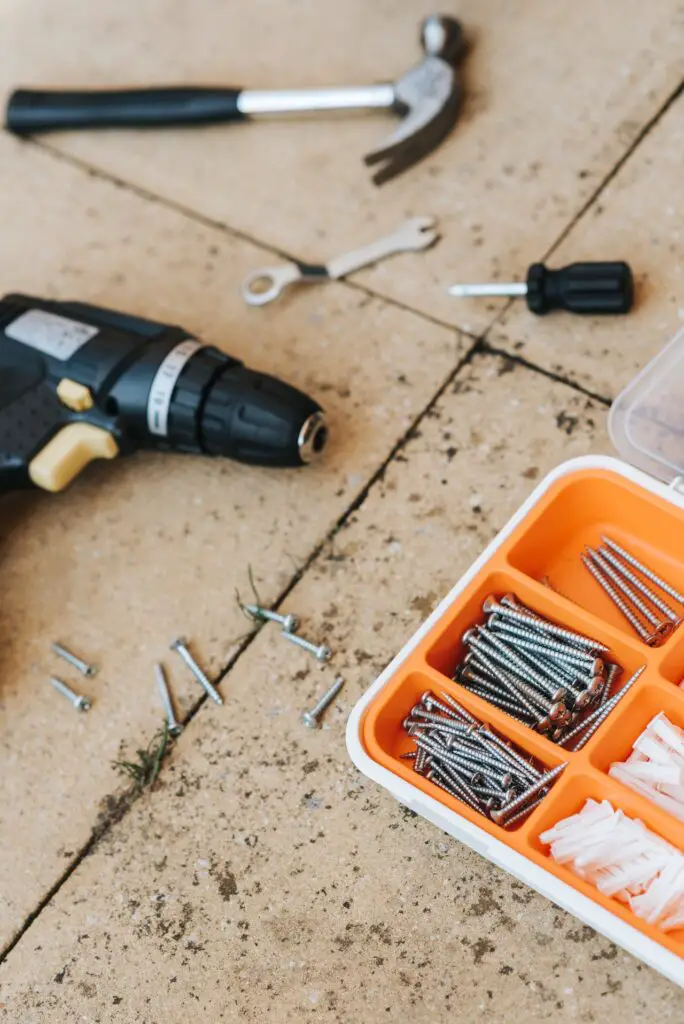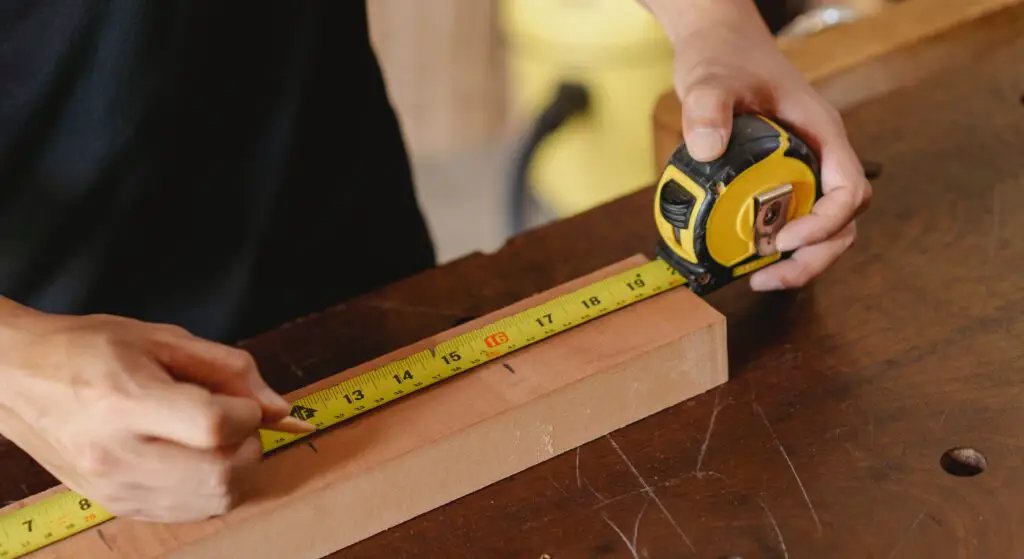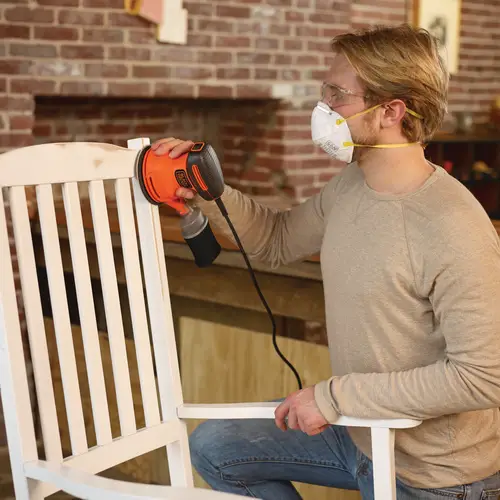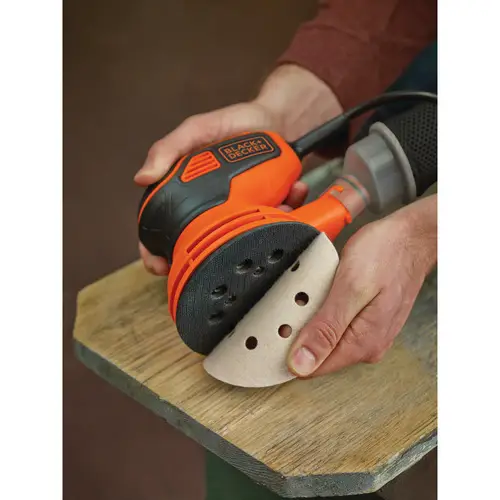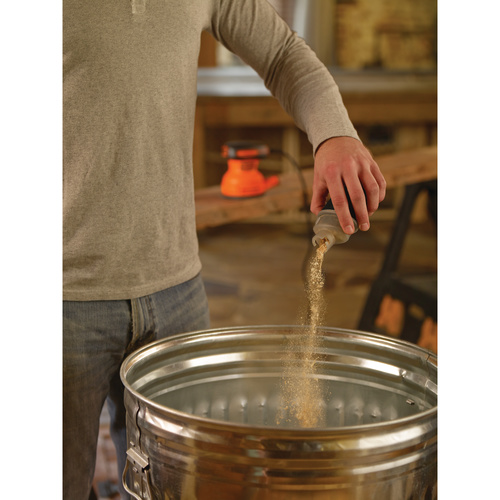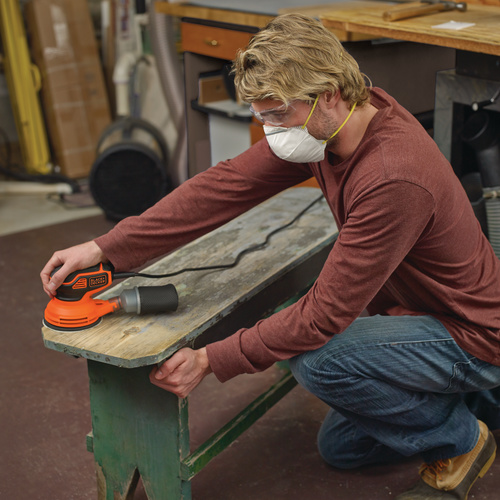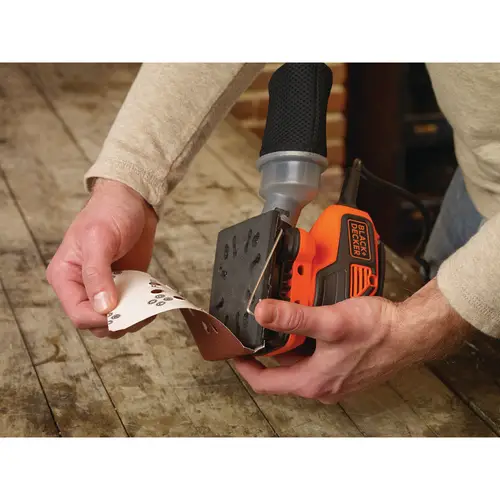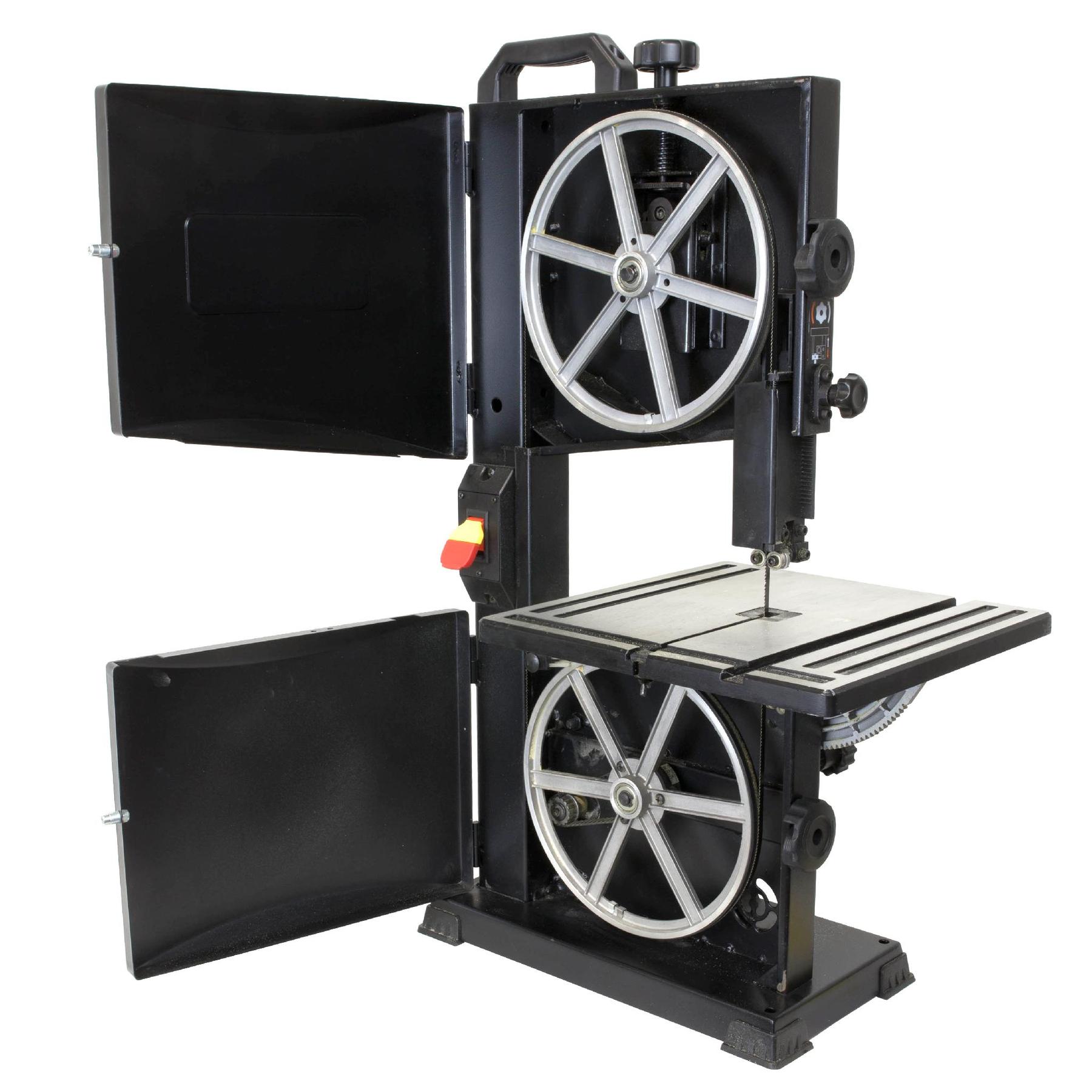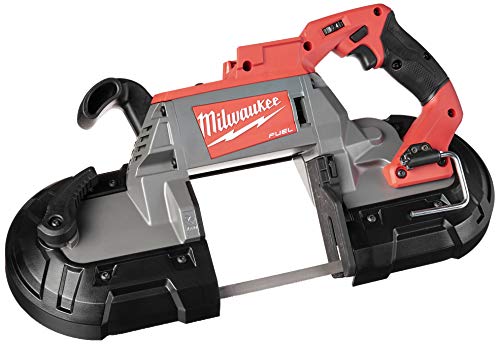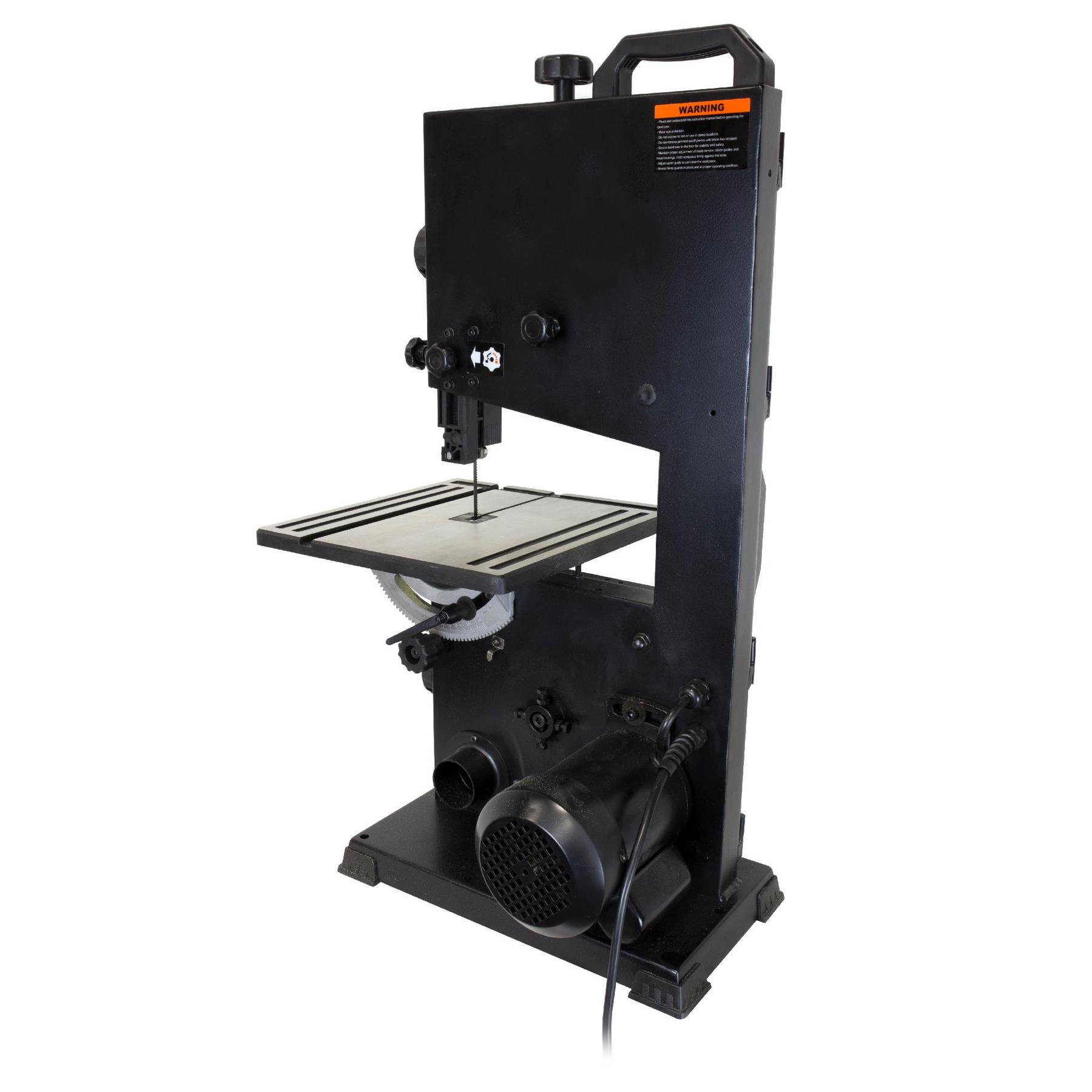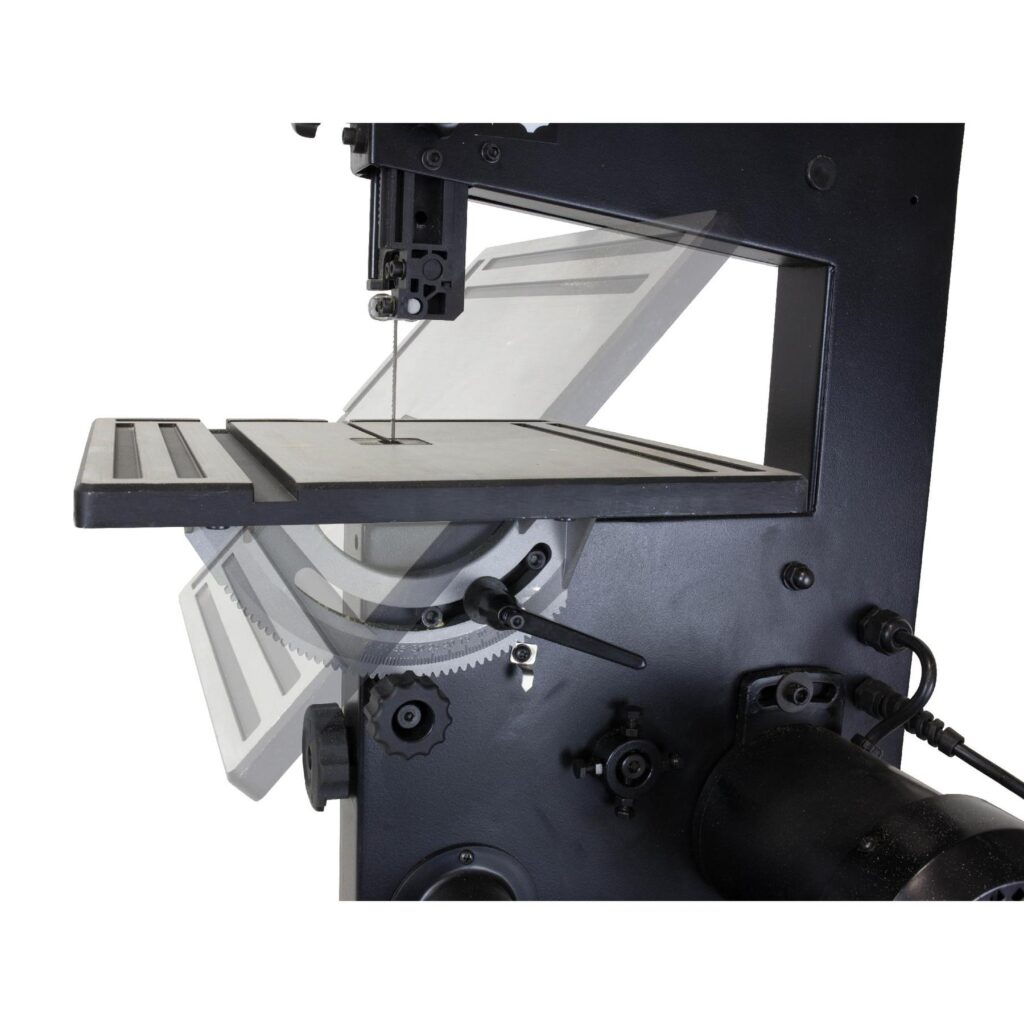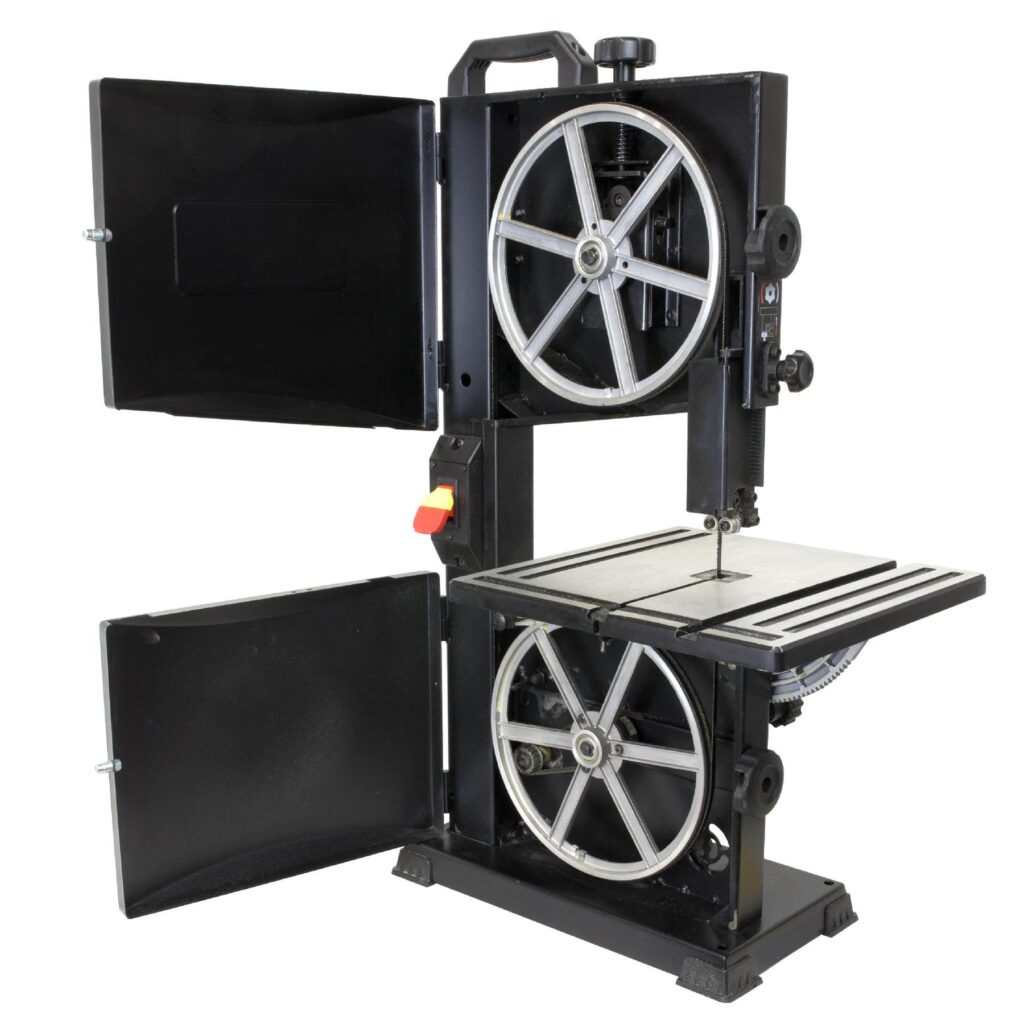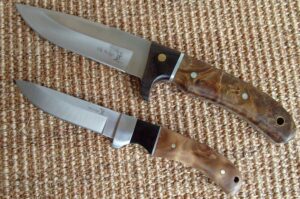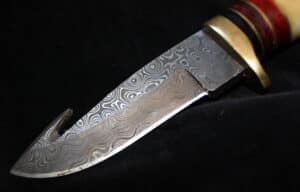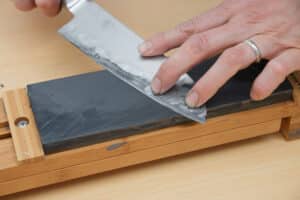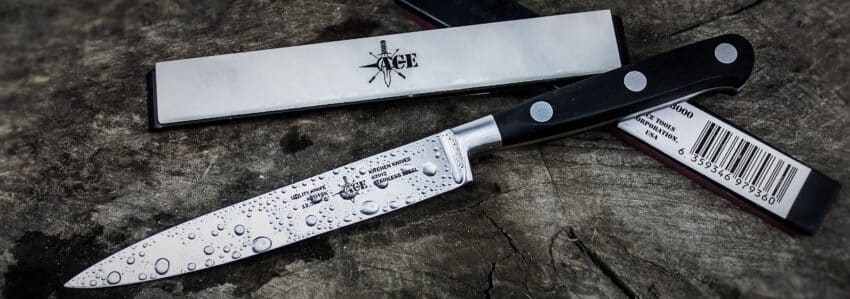If you have caught the woodwork bug, you will be happy to know that you are in good company.
Woodworking is a great activity to help you put in some physical activity, pass the time, make some income and even relieve stress.
One of the essential tools required in woodwork is the wood planer.
Here, read all you ever need to know about this fundamental tool.
What is a Wood Planer?
When working with wood, you will get larger planks that you have to mold into the final product.
Typically, saws are used to size larger planks down or cut them into the required shapes. What you get as a result are smaller pieces in the shapes you want, but not necessarily in the smoothness, you want.
This is where wood planers come in.
What Do Wood Planers Do?
A wood planer is used to shave wood into the required thickness. It is also used to smoothen wood surfaces to give them a classy, refined look.
The better you are at using a wood plane, the less work you will have with hand files and sanding.
You can also utilize it for levelling floorboards.
Types of Wood Planes
The different types of wood planers can be classified into two broader categories:
- Manual planes
- Electric planes
Manual Planes
These are more old school and take you back to the olden days when people took a lot of pride in creating things from scratch, relying on their might and creativity.
Let’s delve deeper into the individual types of manual planers.
Hand plane
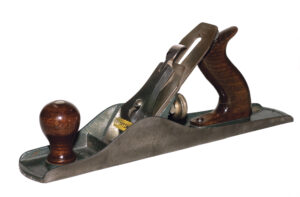
This is the most basic hand planer, and the design has remained the same for decades and decades.
You can use both hands for more control, and the hand planer’s design allows you to adjust the depths it can cut.
Two-handed plane
This is very similar to the basic hand planer; only it has two handles instead of one. This allows for lighter, better-controlled action.
The blades are adjustable as well, and the two-handed planer is preferred when shaping corners.
Combination rasp plane
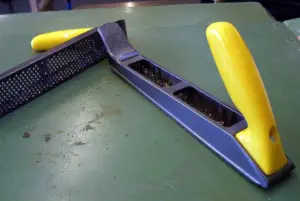
This works less like a planer and more like a cheese grater. The combination rasp planner is also much more versatile and allows woodworkers to also use it on soft aluminum and fiberglass.
Flat plane bottom-edged wood hand planes
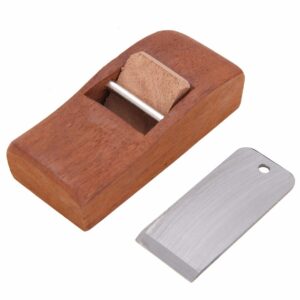
This is operated on one hand. For this reason, it’s unsuitable for when you have hard planning to do as the energy exerted on one hand might not be sufficient to accomplish the desired result.
For softer planning, this tool allows you to shave off a little at a time. This model is affordable and allows you to monitor what you are doing closely.
Hand scraper

Traditional planers use a pushing action. This planer, however, uses a pulling action and is often used on hardwood floors.
Its function is, however, similar to traditional planers when it comes to smoothening out wood surfaces. If you are looking for a planer without the pushing action, this is it.
Electric Planers
With all their advantages, manual planers are also considerably slow. This aside, they also require significant energy.
This can get tiring, leading to mistakes, which can interfere with your ability to create the desired object.
If you love woodwork but would like to take the hard work out of planing, electric planers bridge the gap.
Indeed, times have moved on!
That aside, electric planers today come in both corded and cordless versions.
Corded versions can be a hazard more so for armature woodworkers. It’s all too easy to get a wire tangled around you or the project while working, often leading to disastrous results.
Here are the most common electric planers in the market.
Handheld planer
Prices pulled from the Amazon Product Advertising API on:
Product prices and availability are accurate as of the date/time indicated and are subject to change. Any price and availability information displayed on [relevant Amazon Site(s), as applicable] at the time of purchase will apply to the purchase of this product.
This is similar to a hand planer, only it has a spinning blade, instead of an immobile one. The planer also comes with a contoured handle to aid with the grip.
This planer works impressively fast even on shallow settings. You then want to keep an eye on it to prevent drifting and shaving too much.
Bench planer

The bench planner is too small to affix on a workbench but too big to be handheld. The bench planer can handle smaller pieces of lumber, though not quite suited for smaller, more detailed woodwork tasks.
Molding planer

This is a more advanced piece of equipment used mainly by professionals and serious woodworkers.
This planer sits on the workspace floor-mainly a workshop- and its primary function is molding.
Stationary Planer

This is a serious planer for more extensive, professional projects. This is often designed to handle bulk work and for people with extensive budgets for equipment.
The next step from stationary planers is industrial grade planers.
How to Use a Planer
By and large, how you use a plane depends on the results you want to achieve. There are some common factors, however.
The first is the direction of motion. The rule of thumb is to plane along the grain of the wood. Failure to do this and you end up with what is commonly known as tear-outs. This happens when your blade gets stuck, and you pull it out with jagged timber.
At times, you will work with tree species whose wood grains run in different directions. In such instances, your choice of plane matters a lot. For these, professionals advise you use the sharpest blades available.
The other thing to always remember is that planers are dangerous tools. If you are using an electric one, even more so.
Avoid working with these tools when you are tired, sleepy or drowsy. Similarly, form the habit of having your protective gear on before you commence any woodwork. This should be standard practice irrespective of what tools you will be using.
What is a Wood Planer in Summary
Wood planers are one of the fundamental tools for woodworking. However, it’s essential to understand the different types of planers, their characteristics, and which planers are best for your projects.
If you are just starting out a great option is this super cheap hand planer you can get on Amazon.
Prices pulled from the Amazon Product Advertising API on:
Product prices and availability are accurate as of the date/time indicated and are subject to change. Any price and availability information displayed on [relevant Amazon Site(s), as applicable] at the time of purchase will apply to the purchase of this product.
I’ll link a video of how to easily tune it up so it works as well as a hand plane costing several hundreds of dollars if you are willing to put in about 30 mins of work. It’s well worth the small time investment and the same techniques can be used to tune up many other tools.
